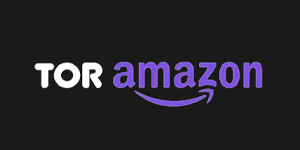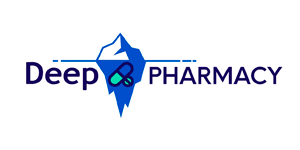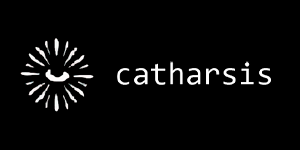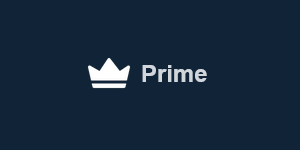Last Updated on September 15, 2025 by DarkNet
The Economics of Fear: How Media Shapes Dark Web Myths
The dark web is frequently presented in media narratives as a shadowy space where criminal markets, violent crime, and existential risks proliferate. While the dark web does host illicit activity, coverage often emphasizes the most extreme cases, creating a perception that can outstrip reality. This article examines how economic incentives in media production, audience demand, and institutional responses combine to shape and amplify myths about the dark web. The goal is to provide a measured, evidence-oriented framework for understanding why certain narratives dominate and what their real-world impacts are.
Framing and narrative selection in media coverage
Journalistic practices and editorial choices determine which dark web stories reach broad audiences. Reporters and editors select narratives that are concise, vivid, and emotionally resonant. Stories that feature clear villains, dramatic technologies, or immediate threats are more likely to be published and shared.
- Simplification: Complex technical or legal realities are often reduced to straightforward cause-and-effect stories, which can distort nuance.
- Availability bias: High-profile prosecutions or violent incidents are more memorable and therefore more frequently cited as representative.
- Visual and emotional appeal: Stories that provoke fear or curiosity attract attention and engagement, which benefits publishers.
Economic incentives behind sensationalism
Media organizations operate in competitive markets where attention is a commodity. Sensational content can increase clicks, subscriptions, advertising revenue, and social sharing. These financial incentives can encourage coverage that prioritizes novelty and shock over proportionality and context.
- Traffic-driven revenue: Headlines and lead paragraphs designed to maximize pageviews tend to favor alarming frames.
- Platform algorithms: Social media and search algorithms reward engagement metrics, amplifying content that provokes strong reactions.
- Resource constraints: Limited time and expertise can push outlets toward repackaging press releases, court filings, or secondary sources without deeper investigation.
The feedback loop: fear, clicks, and policy responses
Media coverage does not exist in a vacuum. It influences public opinion, which in turn pressures policymakers and law enforcement. This feedback loop can result in policy and enforcement priorities that reflect perceived threats rather than measured risk assessments.
- Public perception: Repeated exposure to dramatic narratives increases perceived prevalence and severity of dark web harms.
- Political pressure: Elected officials facing constituent concern may prioritize high-visibility enforcement actions.
- Resource allocation: Agencies may devote resources to dramatic, headline-generating operations, sometimes at the expense of broader harm-reduction strategies.
Market dynamics on the dark web and misaligned metaphors
Coverage often imports metaphors from physical markets or organized crime syndicates to describe dark web activity. These analogies can be useful but may also obscure the actual economic mechanisms at work—such as decentralized reputation systems, multi-sourced supply chains, and technological constraints that shape vendor behavior.
- Scale and specialization: Many dark web markets are small, transient, and highly specialized rather than monolithic criminal enterprises.
- Risk management: Actors on these markets adapt to law enforcement and market risks, which can change the prevalence and form of illicit offerings.
- Substitution effects: Enforcement against one market or platform may shift activity rather than eliminate it, with implications for harm and detection.
Consequences of exaggerated narratives
Sensationalized portrayals of the dark web have tangible consequences for multiple stakeholders. Misleading frames can distort public understanding, skew policy choices, and hinder effective harm reduction.
- Policy misdirection: Overemphasis on high-drama threats can lead to laws or enforcement strategies that are blunt, costly, or counterproductive.
- Stigmatization: Broad moral panic can stigmatize technologies and communities that have legitimate uses, complicating research and innovation.
- Opportunity costs: Policymakers and funders may underinvest in evidence-based interventions (public health approaches, cybersecurity hygiene, international cooperation) in favor of headline-grabbing raids.
How to read media coverage critically
Consumers of news can apply straightforward analytic habits to better assess reporting on the dark web. These practices reduce the likelihood of adopting inflated risk perceptions and support more informed public discussion.
- Check proportionality: Look for data on prevalence and context rather than assuming one dramatic example is representative.
- Identify sources: Note whether reporting relies on primary evidence (research, court documents) or secondary amplification (anonymous tips, press releases).
- Seek trade-offs: Consider who benefits from sanitized versus sensational frames—publishers, platforms, enforcement agencies—and how those incentives shape coverage.
- Consult experts: Technical topics benefit from input by researchers, technologists, and legal scholars who can explain limitations and uncertainties.
Conclusion
The interaction of media incentives, audience psychology, and institutional responses creates fertile ground for myths about the dark web. Sensational coverage can serve short-term commercial and political goals but may obscure the complex economic and technological realities that determine harm and risk. A more analytical approach—grounded in proportional reporting, expert input, and an awareness of incentives—can improve public understanding and lead to more effective, balanced policy responses.













